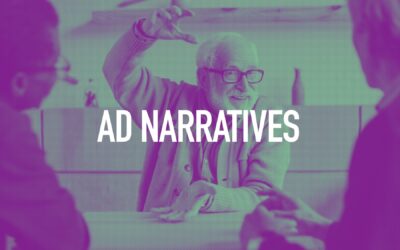Creating a website that actually connects with users may be difficult. Neuromarketing can help with that.
What is Neuromarketing?
A relatively young discipline called neuromarketing integrates aspects of marketing, neuroscience, and psychology. It seeks to comprehend how consumers choose products by examining their brain activity. Neuromarketing may assist businesses in enhancing their marketing plans, merchandise, and website layout by helping them comprehend how customers think and feel.
How Neuromarketing Can Improve Web Design
By offering insights into how users interact with websites, neuromarketing can help businesses enhance the design of their websites. For instance, neuromarketing may help businesses produce more appealing website designs by identifying the colours, pictures, and layouts that appeal to users the most.
Additionally, neuromarketing can assist businesses in realising the value of website organisation and navigation. A well-structured website may improve user experience, which can increase conversion rates. Businesses may benefit from neuromarketing by better understanding how website text affects customer decisions. By giving visitors the knowledge they need to make educated decisions, effective website copy may assist to enhance conversion rates.
Neuromarketing Techniques for Web Design
There are several Neuromarketing techniques that can be used to improve web design. Here are a few of the most effective ones:
Eye Tracking
Eye tracking is a method that monitors a user’s eye movement while they browse a webpage using specialised software. Companies may use this data to better identify where visitors are paying attention so that they may create websites that are more useful.
Brain Imaging
Functional magnetic resonance imaging (fMRI), for example, is a brain imaging technology that can shed light on how customers decide what to buy. Businesses may find out which elements of their website design are most appealing to visitors and make modifications to increase conversion rates by monitoring brain activity.
Customer Surveys
Companies may learn more about the opinions of their consumers by conducting customer surveys. Companies may decide which elements of their website design are effective and which ones want modification by getting client feedback.
A/B Testing
A/B testing, a well-liked Neuromarketing strategy, can be used to contrast the efficacy of two various website designs. Businesses may decide which factors are most important to their website’s performance by randomly showing two distinct versions of a website to users and comparing which one performs better in terms of conversion rate.
Heat Mapping
Another neuromarketing strategy for increasing conversion rates in site design is heat mapping. In order to understand how website visitors interact with a website, this technique entails tracking the motions of their mouse clicks and pointer movements. By analyzing this data, businesses may determine which parts of their websites are the most popular and make adjustments to improve these parts’ conversion rates.
The Benefits of Neuromarketing for Web Design
Neuromarketing has several advantages for site design. Companies may design websites that are more engaging to users and have greater conversion rates by utilising neuromarketing tactics. Additionally, firms may benefit from using neuromarketing to better understand the thoughts and feelings of their target market, which will enable them to design more effective marketing and product development plans.
In conclusion, neuromarketing is a potent technique that businesses may use to enhance the look of their websites. Neuromarketing can assist businesses in developing websites that are better at turning visitors into customers by offering insights into how users interact with websites. Incorporating neuromarketing approaches into your web design process may help you outperform the competition, regardless matter how big or small your company is.





